
The Canadian Federal Government has announced that the Canadian Museum of Contemporary Photography building at 1 Rideau Canal in Ottawa will be taken over by Parliament for office space and meeting rooms. The CMCP is the only museum in Canada devoted to the photographic image. It was created in 1985 after intense lobbying by the photographic community and opened its $16M state-of-the-art facility in 1992. We are firmly opposed to this arbitrary decision, delivered by the Government and National Gallery without warning or consultation. This is not just a photographic community concern. The loss of this public art space concerns us all.
To join the fight to save the CMCP, please take a moment to sign the petition:
www.ipetitions.com/petition/CMCP/
For background information on this announcement, please visit:
www.savecmcp.ca/ Please circulate this petition through your network with apologies for cross-posting.
Michel Campeau: "It is imperative that the CMCP be returned to its former status among international institutions dedicated to photography. The building that was designed for the CMCP when it was founded must house it once again. To accomplish its mission, it is urgent that a francophone curator be hired to fill a vacant post. An increase in the budget is also needed for the CMCP to maintain its operations, acquisitions, and influence."
Donigan Cumming: "The loss of the Canadian Museum of Contemporary Photography has sparked a national effort to stop this government's systematic erasure of Canada's cultural heritage. As established Canadian creators, we need to send a strong message to Ottawa. The CMCP was created by artists coming together and making their views known. We can do this again. We owe it to the next generation."
Vera Frenkel: "The Harper government's appropriation of CMCP premises for routine office use follows on its grab for party receptions of a beautifully renovated building designated for the Portrait Gallery of Canada. Colonizing cherished and hard-earned cultural resources for bureaucratic bumph on the one hand and private parties on the other signals that the fog is rolling in. What is it that these jokers don't understand about this sentence: 'Canada's most powerful ambassadors are its artists.' Or this: 'Every citizen is entitled to experience Canada's visual history.' The collections of the CMCP and the Portrait Gallery are being hidden from view; a criminal deprivation, in my opinion, of a citizen's right to know who we are through the inspiring work of our great artists, many of whom are internationally admired photographers. This extraordinary double blunder is already embarrassing Canada elsewhere and together with other foolishly destructive decisions will cost this government the next election."
Sauvons le Musée canadien de la photographie contemporaine !
Le gouvernement a annoncé que l'immeuble du MCPC du 1, canal Rideau à Ottawa serait repris par le Parlement pour servir de bureaux et de salles de réunions. Le MCPC est le seul musée du Canada consacré à l'image photographique. Il a été créé en 1985 à la suite d'immenses pressions exercées par le milieu de la photo. Il a ouvert ses portes dans des installations ultramodernes de 16 millions de dollars en 1992. Nous nous opposons fermement à cette décision arbitraire, prise par le gouvernement et le Musée des beaux-arts du Canada, sans aucun préavis ni consultation. Ce n'est pas seulement le milieu de la photo qui est atteint par la perte de ce lieu public, c'est chacun d'entre nous. Pour exprimer votre désir de sauver le MCPC, prenez quelques secondes pour signer la pétition:
www.ipetitions.com/petition/CMCP/
Pour de plus amples renseignements sur ce message, visitez :
www.savecmcp.ca/ Nous vous encourageons de faire circuler la pétition dans votre entourage. Veuillez nous excuser pour les courriels se répétant.
Michel Campeau : « Il est impératif de remettre le MCPC au diapason des institutions internationales dédiées à la photographie, et que l'édifice qui a été aménagé pour l'accueillir à sa fondation l'abrite à nouveau. Pour parfaire sa mission, il est de toute urgence qu'un conservateur francophone soit nommé afin de combler un poste laissé vacant et que des budgets accrus soient alloués à son fonctionnement, ses acquisitions et son rayonnement. »
Donigan Cumming : « La fermeture du Musée canadien de la photographie contemporaine a donné lieu à la formation d'une coalition nationale pour mettre fin à la destruction systématique de l'héritage culturel canadien entreprise par le gouvernement en place. En tant que créateurs canadiens établis, nous devons envoyer un message clair à Ottawa. Le MCPC a été constitué par un regroupement d'artistes qui souhaitaient s'exprimer. Nous pouvons le faire encore. Nos héritiers ont besoin qu'on le fasse. »
Vera Frenkel : « En s'appropriant les locaux du MCPC pour les transformer en simples bureaux, le gouvernement Harper démontre encore une fois l'avidité qui lui a fait récupérer le bel édifice rénové du Musée du portrait du Canada pour y tenir ses réceptions. Déplacer des ressources culturelles prisées et durement acquises pour favoriser la bureaucratie d'une part et les réceptions privées d'autre part est un signe précurseur de noirceur. Comment est-il possible que les marionnettes qui nous dirigent ne comprennent pas que : « Les ambassadeurs du Canada les plus éloquents sont ses artistes. » ou encore que : « Chaque citoyen a le droit de connaître l'histoire visuelle de son pays. » Les collections du MCPC et du Musée du Portrait sont soustraites à notre regard; à mon avis, c'est une privation qui n'est pas acceptable; on n'a pas le droit d'empêcher le citoyen de se découvrir par le biais des travaux révélateurs de nos grands artistes, dont plusieurs sont des photographes de renomés international. Ce double impair incroyable ternit toute l'image du Canada et s'ajoute aux autres décisions dévastatrices qui vont entraîner la chute du gouvernement aux prochaines élections. »

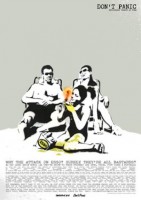
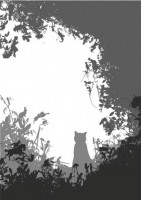
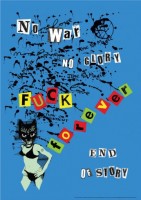
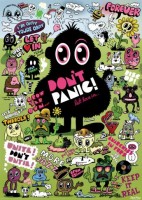
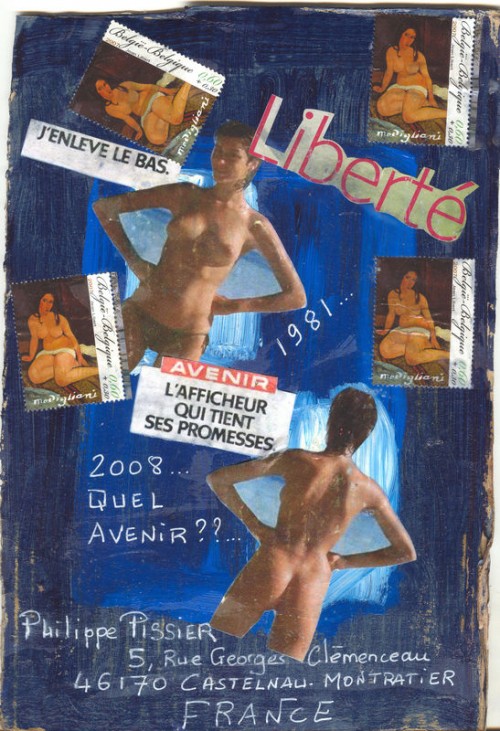 Is mailing something like this a crime? Does it make sense to face a sentence of three years jail time and fines over $100,000 USD? Why is the image of a naked woman a criminal offense? After viewing a couple images of Pissier's artwork I can see why his artwork would offend some. The limited images on the net that I've seen include bondage and could be considered violent. I understand the idea of mail art, but is it ok for an artist to force a delivery person to deliver something they don't agree with? Ask yourselves these questions, and keep them in mind when reading about the
Is mailing something like this a crime? Does it make sense to face a sentence of three years jail time and fines over $100,000 USD? Why is the image of a naked woman a criminal offense? After viewing a couple images of Pissier's artwork I can see why his artwork would offend some. The limited images on the net that I've seen include bondage and could be considered violent. I understand the idea of mail art, but is it ok for an artist to force a delivery person to deliver something they don't agree with? Ask yourselves these questions, and keep them in mind when reading about the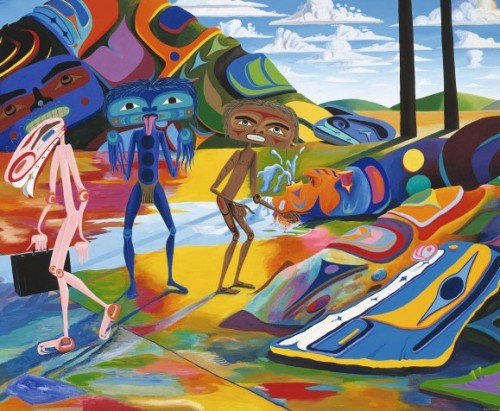
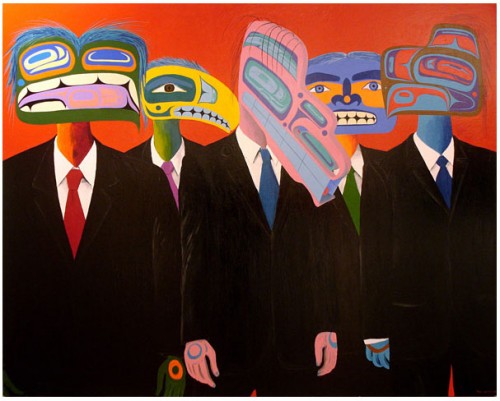
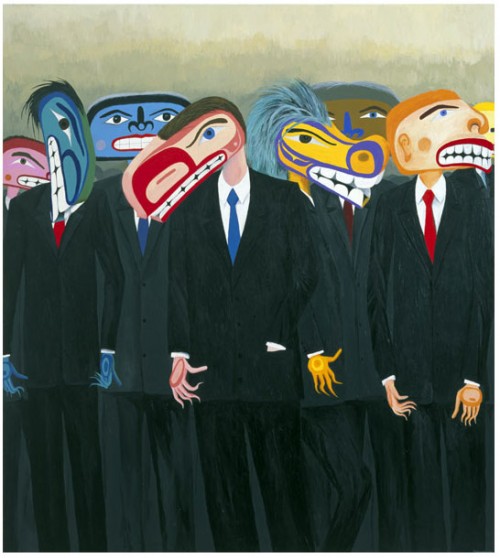
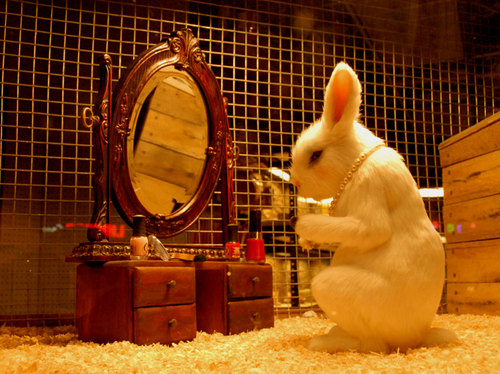


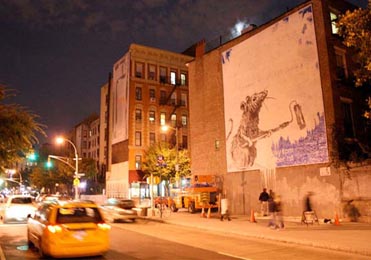
 We want people to read our books, even if they read them for free. This isn’t anything revolutionary - unless your local librarian is a subversive of the highest order.To best accomplish this goal we release all of our books online for free. Because we know how good ‘real’ books feel in your hands, we also price our trade-paperbacks via a sliding scale system in which the base price is the cost for us to ship you a book (we don’t make a penny) and you set the final price by choosing what you’d like to contribute (if anything) to the creative team behind it (most of which goes to the author). You can’t ever be ripped off. We call this pro-artist, pro-audience system
We want people to read our books, even if they read them for free. This isn’t anything revolutionary - unless your local librarian is a subversive of the highest order.To best accomplish this goal we release all of our books online for free. Because we know how good ‘real’ books feel in your hands, we also price our trade-paperbacks via a sliding scale system in which the base price is the cost for us to ship you a book (we don’t make a penny) and you set the final price by choosing what you’d like to contribute (if anything) to the creative team behind it (most of which goes to the author). You can’t ever be ripped off. We call this pro-artist, pro-audience system 





